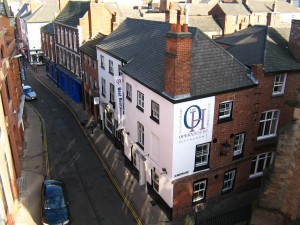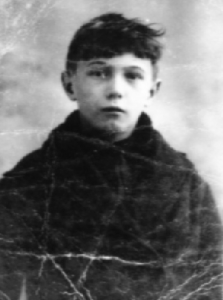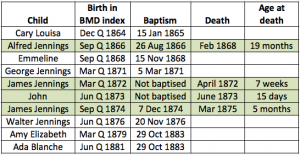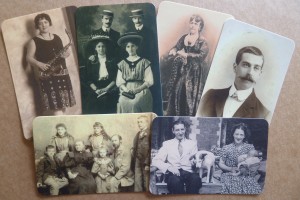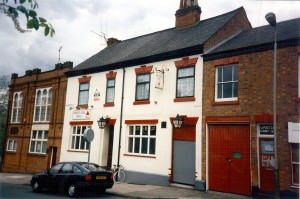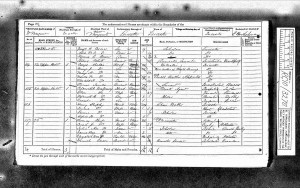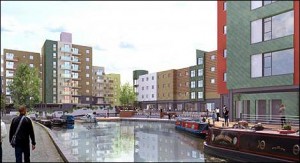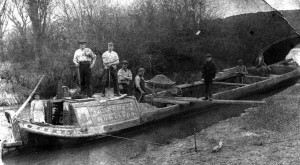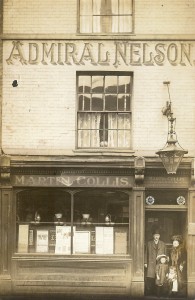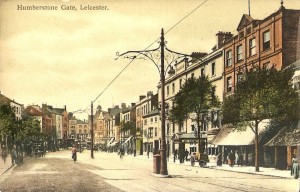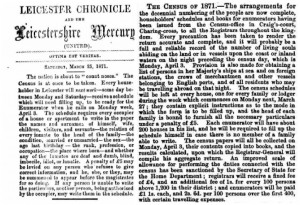A story inspired by an 1893 newspaper clipping
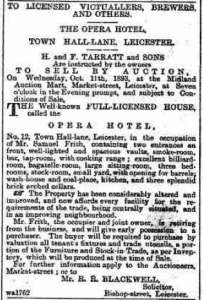 Mr Tarratt steps up to the lectern, the hum in the auction mart subsides, and on the strike of seven o’clock the business commences. Martin Collis stands at the back, surveying the crowd; it’s a full house tonight at the Market Street auction rooms.
Mr Tarratt steps up to the lectern, the hum in the auction mart subsides, and on the strike of seven o’clock the business commences. Martin Collis stands at the back, surveying the crowd; it’s a full house tonight at the Market Street auction rooms.
On his way here, this mild October evening, Martin detoured to take one last look at the Opera Hotel in Town Hall Lane. Nestling in the shadow of St Martin’s Church, it’s just the kind of opportunity that he’s seeking. He leafs through the sales particulars:
“…two entrances on front, well-lighted and spacious vaults, smoke-room, bar, tap-room, with cooking range; excellent billiard-room, bagatelle-room, large sitting room, three bed-rooms, stock-room, small yard with opening for barrels; wash-house and coal-place, kitchen, and three splendid brick arched cellars”
The auction room buzz reminds him of some three years earlier – he’d been selling their first pub, the Fox and Hounds on Humberstone Road. He still has the Chronicle clipping: “The lot was started at £2,000 and, after a spirited bidding, was knocked down for £4,690.” Good times. Now – after brief stints at the Royal Oak and Cross Keys Inn – he’s looking for a new venture. The Opera Hotel fits the bill.
“Gentlemen, who will start me at £3,000?” And so the bidding bats around the room. There are many speculators, but Martin is an experienced hand; he nods discreetly and keeps his nerve. “Going once, going twice… sold to Mr Collis.” The gavel whacks down and Martin breaks into a smile. He’s the new owner of the Opera Hotel.
Take a look at other examples of ‘In the News’ articles and suggestions for writing one yourself.
